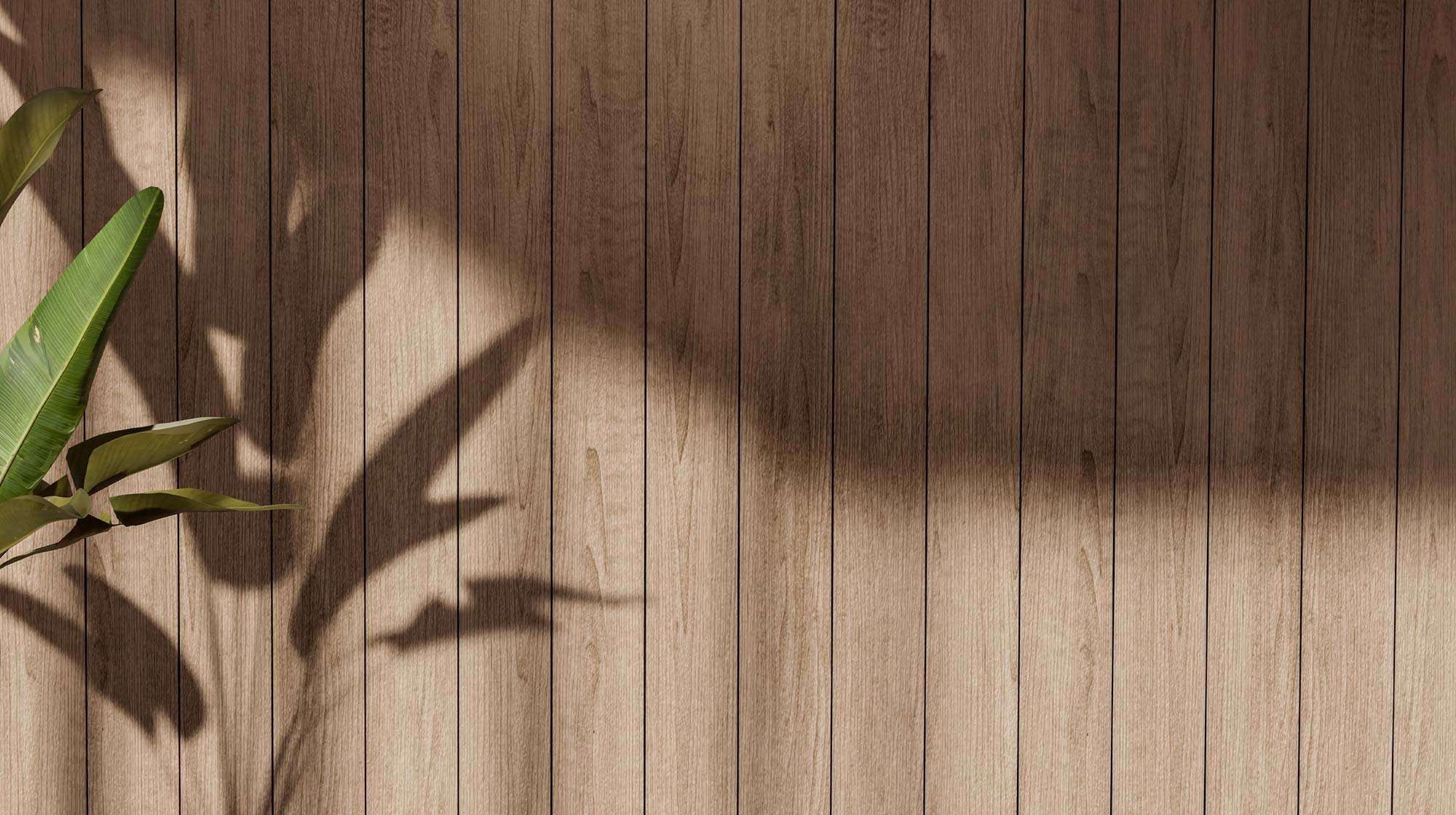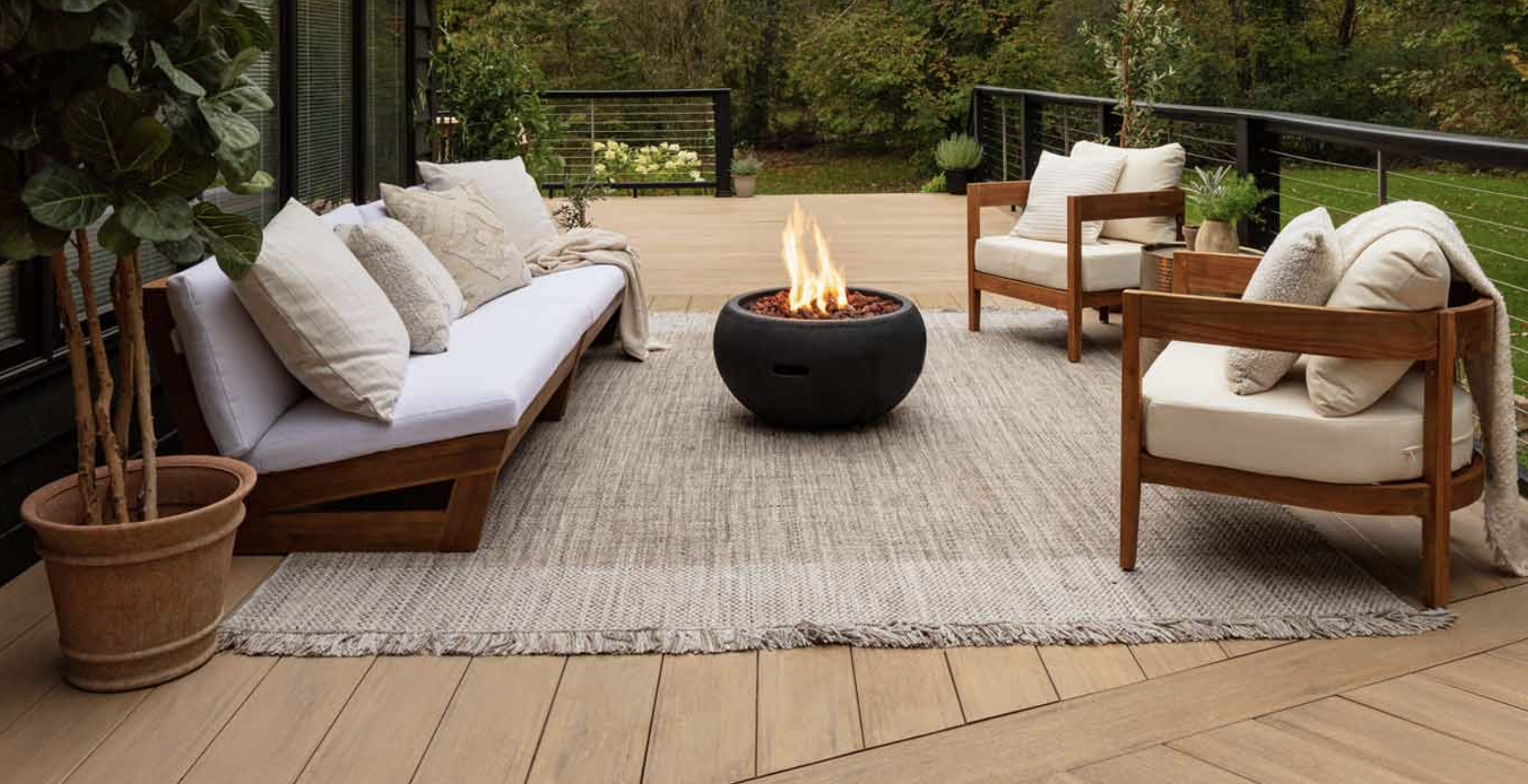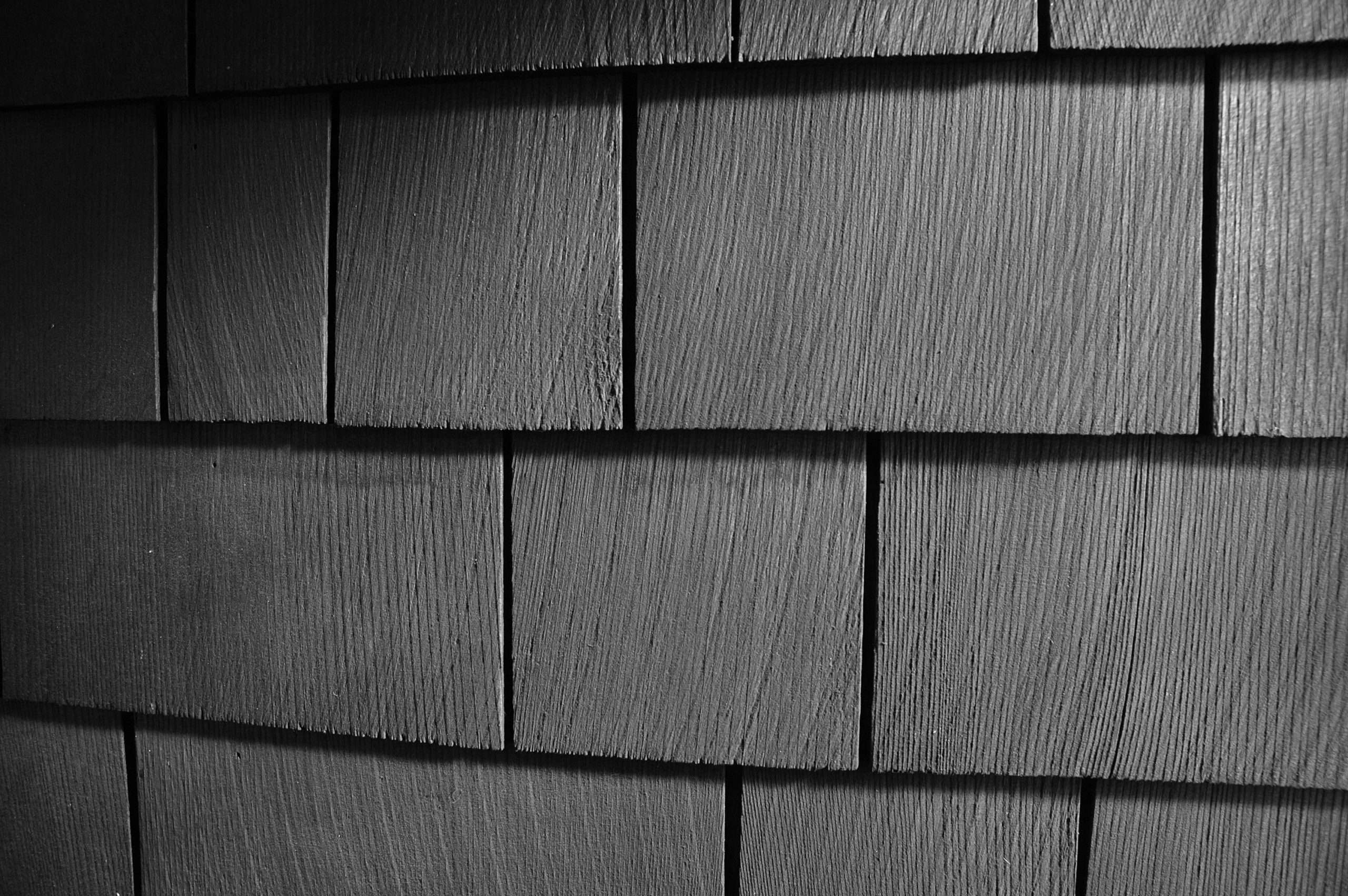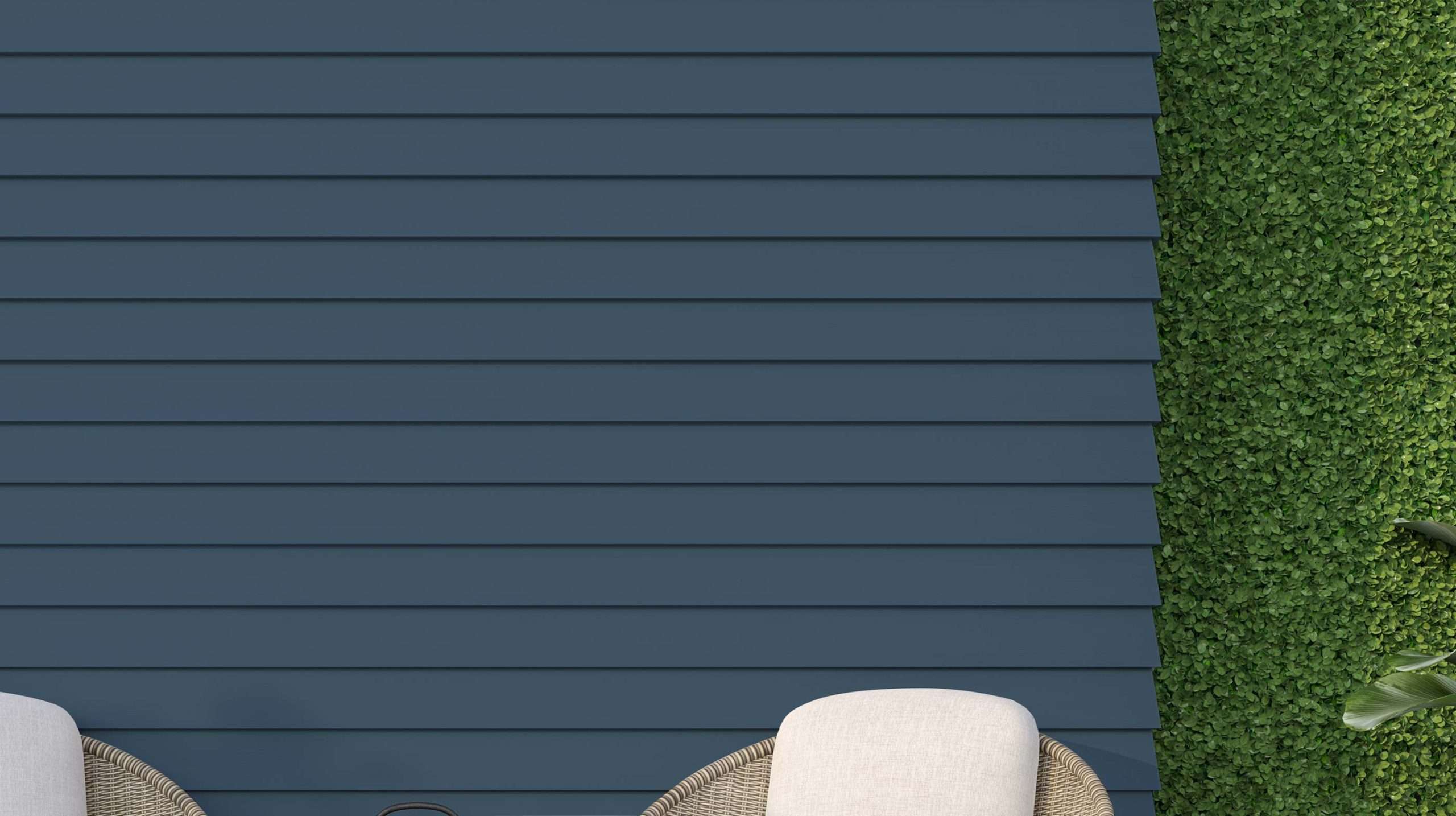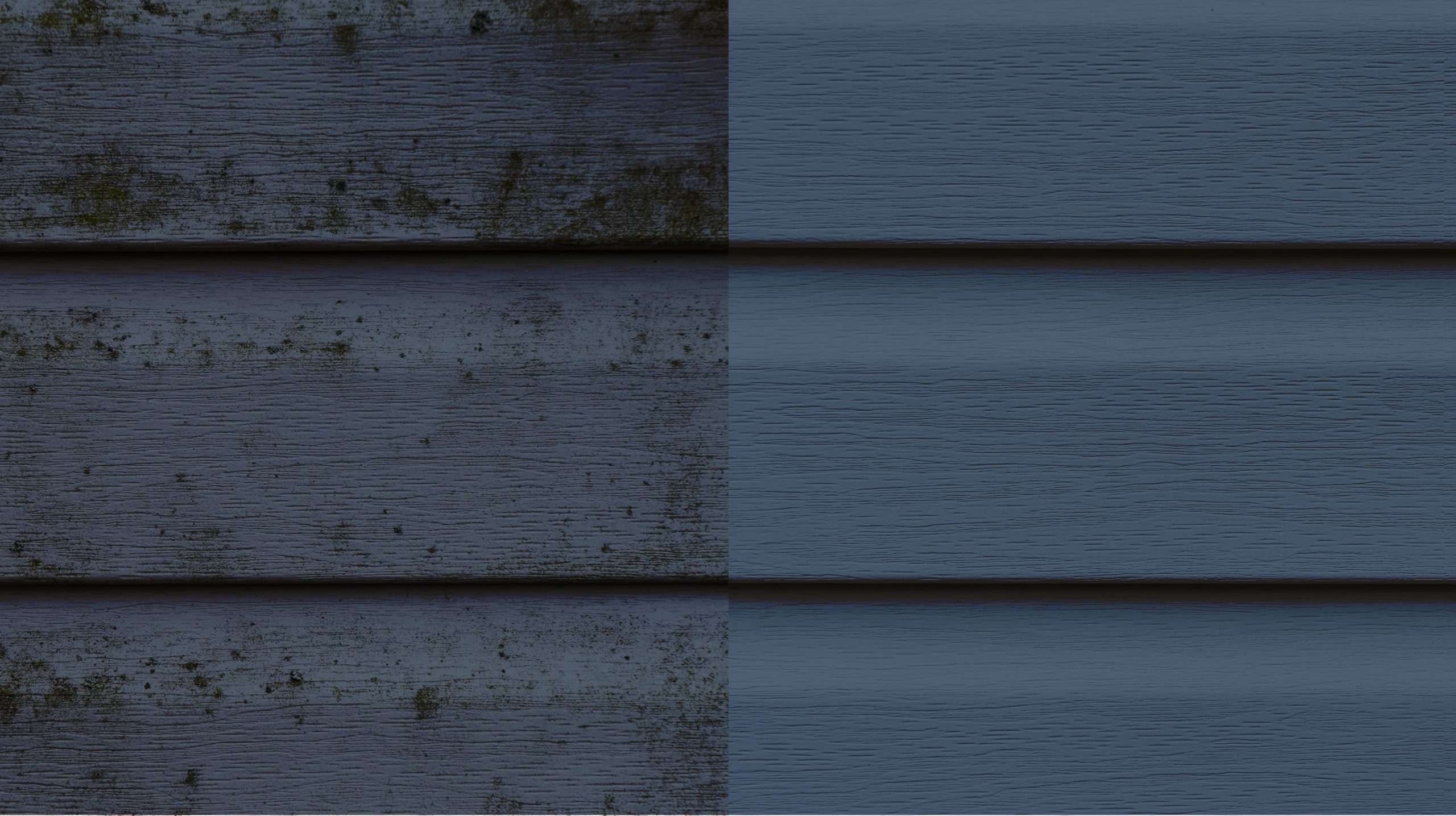Introduction
Hey there, coastal homeowner! If you’ve got cedar siding on your house in Morro Bay, you’re probably wondering—does all that salty air do a number on your beautiful wood siding? The short answer? It can, but it’s not the end of the world. Let’s break it down, one salty breeze at a time, and talk about what you can do to keep your cedar looking sharp.
Table of Contents
- Introduction
- What’s the Deal with Salt Air?
- Signs Your Cedar Siding Needs Some TLC
- Dry Rot: The Unwelcome Guest
- How to Protect Your Cedar Siding
- When to Call in the Pros
- Conclusion
What’s the Deal with Salt Air?
Living by the coast has its perks. Gorgeous views, fresh breezes, and, let’s face it, the perfect Instagram backdrop. But salty air? That’s where things get tricky.
Salt particles hitch a ride on the breeze and land on your siding. Add a little moisture—hello, ocean mist—and the salt starts to work its way into the wood. Over time, this can lead to some difficult wood damage like swelling, warping, and even dry rot. Nobody wants their home's siding to look like a soggy cardboard box, right?
Signs Your Cedar Siding Needs Some TLC
Here’s the good news: cedar siding is tough. It’s naturally resistant to a lot of things, but salt can still wear it down. Here’s what to watch for:
- Discoloration: That rich cedar tone fading to something less appealing? It could be salt buildup.
- Peeling Paint or Stain: Salt can mess with protective layers, leaving your siding exposed.
- Soft Spots: Press on the wood. If it feels squishy, dry rot might be setting in.
If you see any of these signs, it’s time to give your siding some love.
Dry Rot: The Unwelcome Guest
Let’s talk about dry rot. This sneaky little fungus loves damp, salt-exposed wood. It doesn’t just look bad—it can weaken your siding and lead to some pricey repairs. Look out for:
- Cracks and crumbles in the wood.
- A musty smell around your siding.
- Odd white or gray growths (yep, that’s fungus).
If dry rot sets in, it’s like termites but without the creepy bugs. You don’t want it hanging around.
How to Protect Your Cedar Siding
Okay, so now you’re probably wondering, “How do I keep my siding looking like new?” Don’t worry—we’ve got you covered.
1. Clean It Regularly
Salt is like glitter—it gets everywhere and sticks. Hose down your siding or give it a good scrub with mild soap and water. Rinse it well, and you’re good to go.
2. Seal the Deal
Protective sealants and stains are your cedar’s best friend. These create a barrier against salt and moisture. Reapply every couple of years, especially in areas where the salt really piles on.
3. Let It Breathe
Good ventilation is key. Keep air flowing around your home to help the wood dry out faster. Got bushes or trees crowding your siding? Trim them back to give your cedar some space.
4. Choose the Right Cedar
Not all cedar is created equal. Western Red Cedar, for example, has natural oils that help fight off moisture. If you’re adding or replacing siding, this is the one you want.
When to Call in the Pros
Sometimes, a little soap and sealant aren’t enough. If you’re dealing with serious damage or just want to make sure your siding is in top shape, it’s time to bring in the experts. That’s where Rogall + Co. comes in.
We know coastal homes inside and out (literally). Whether it’s inspecting for damage, applying professional-grade sealants, or repairing dry rot, we’ve got the tools and expertise to keep your cedar looking amazing.
Conclusion
Living in Morro Bay is a dream, and cedar siding is a fantastic choice for your coastal home. But salt air can be a bit of a troublemaker if you’re not careful. Regular cleaning, sealing, and a little proactive care go a long way in keeping your siding strong and beautiful.
If you’ve got questions or need a hand, give Rogall + Co. a call. We’re here to help you protect your home so you can focus on enjoying those ocean views. Because let’s be honest—your siding should be the least of your worries when there’s a beach just down the road. Contact us today and let’s keep your cedar looking its best!





